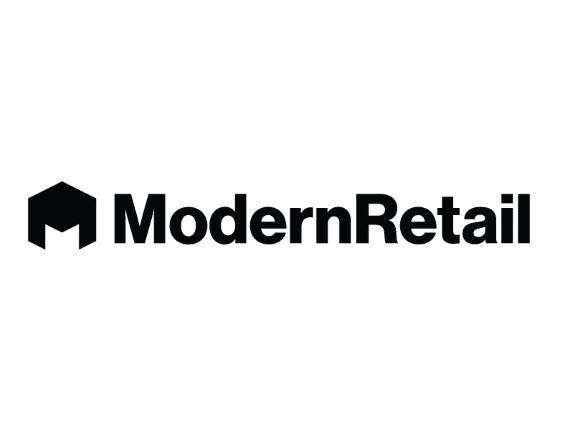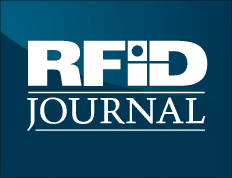Is your supply chain prepared to preserve cash and foster resilience in order to mitigate DISRUPTION before DESTRUCTION?
The Retail Supply Chain Reset After Coronavirus: Three Expert Views
Multichannel Merchant spoke with three retail supply chain experts to get their different takes on what’s happening now amid COVID-19.
Navigating Inventory Challenges Amid COVID-19
Retailers and consumer goods are facing an unprecedented disruption in supply and demand due to COVID-19.
Last Mile Delivery Strategies During COVID-19 and Other Supply Chain Disruptions
Supply chains and carriers keep the global economy working amid the unprecedented conditions resulting from COVID-19.
As retailers struggle with a new reality, retail tech will likely see a big boom
The retail landscape has shifted over a matter of weeks, and new technology providers stand to benefit down the line.
Blockchain: Risks and Rewards for the Future of the Supply Chain
Enterprise shippers and logistics organizations are assessing the risks and rewards of blockchain within the future of supply chain.







